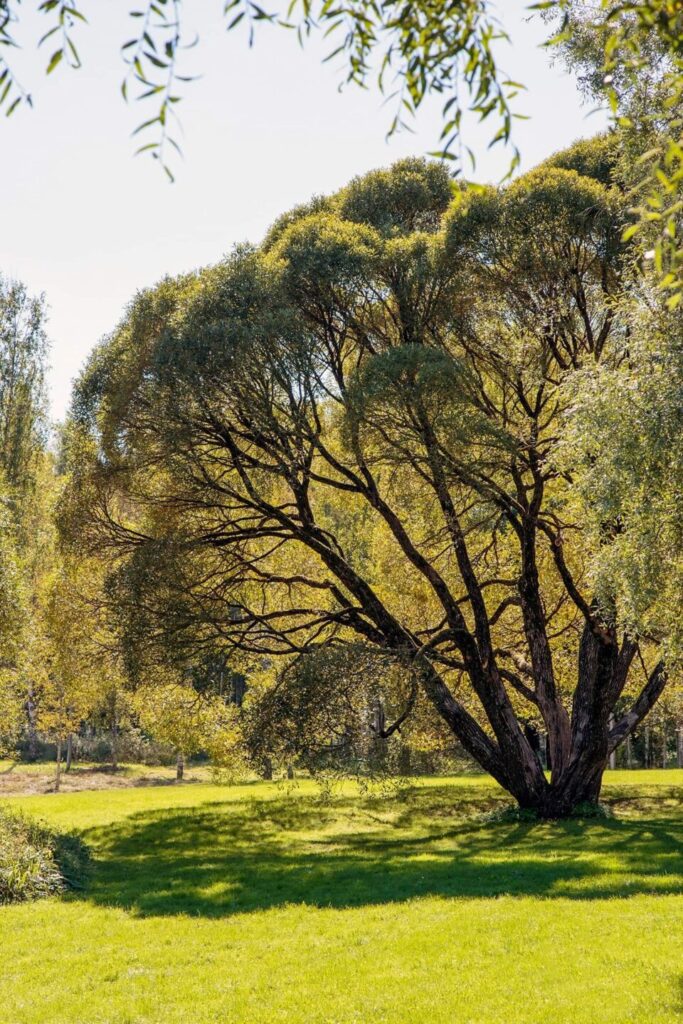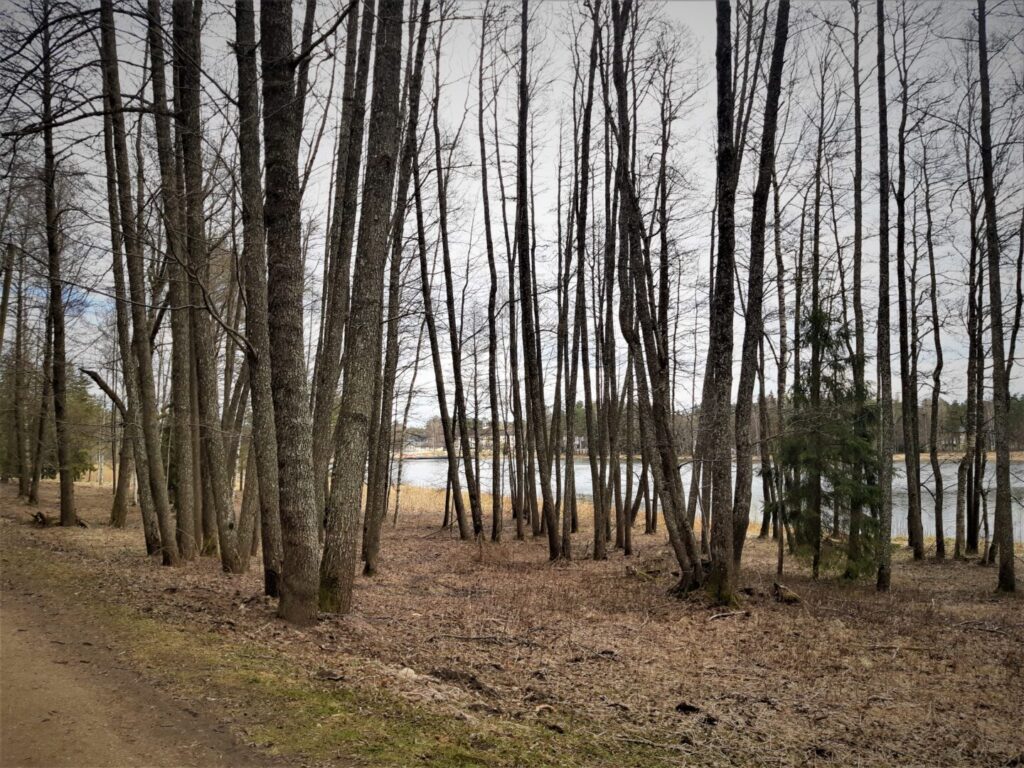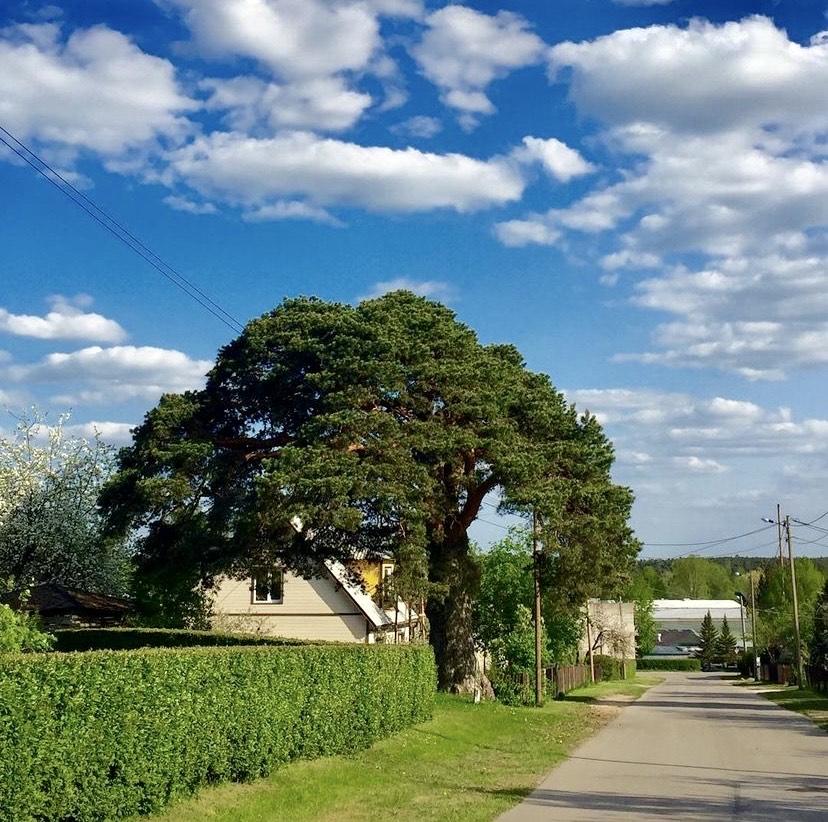On the shores of Lake Arbi the vegetation characteristic of marshy and lowland meadows is common. Tree species like the black alder (Alnus glutinosa), downy birch (Betula pubescens) and many species of willows (Salix spp.) feel good here.

Among the deciduous trees you can also see here the silver birch (Betula bendula), small-leaved lime (Tilia cordata), Norway maple (Acer platanoides) and the grey alder (Alnus incana). There is also one European white elm (Ulmus laevis) on the northern shore of Lake Arbi, which is a plant species belonging to protection category III in Estonia.
The underwood near the lake includes shrub species like the bird cherry (Prunus parus), rowan (Sorbus aucuparia), common hazel (Corylus avellana), mezereum (Daphne mezereum) and the Siberian dogwood (Cornus alba).

As for coniferous trees, some spruces (Picea abies) grow near the lake, but looking a bit farther, Elva’s symbolic trees, Scotch pines (Pinus sylvestris), can be seen. The oldest of them are at least 150 years old. The bark of the older pines resembles crocodile skin. Depending on where it grows, the pine can be very diverse. The pines growing in the bog become smaller than a meter-high dwarfs, but on fertile soil the pines can grow more than 40 meters high. The pine needs plenty of light to grow, and when it grows alone, it starts to spread out nicely. The pines around Lake Arbi are also quite diverse: on the northern shore they are generally bigger than the pines on the southern shore of the lake, as they live in different habitat types.

Arbi Pine, which is the symbol of the city of Elva, is located about half a kilometre to the north of the lake and is not visible from here. The tree is 350 years old and according to a legend, a King of Sweden planted it.
Author: Marju Keis
Main photo: Ragnar Vutt